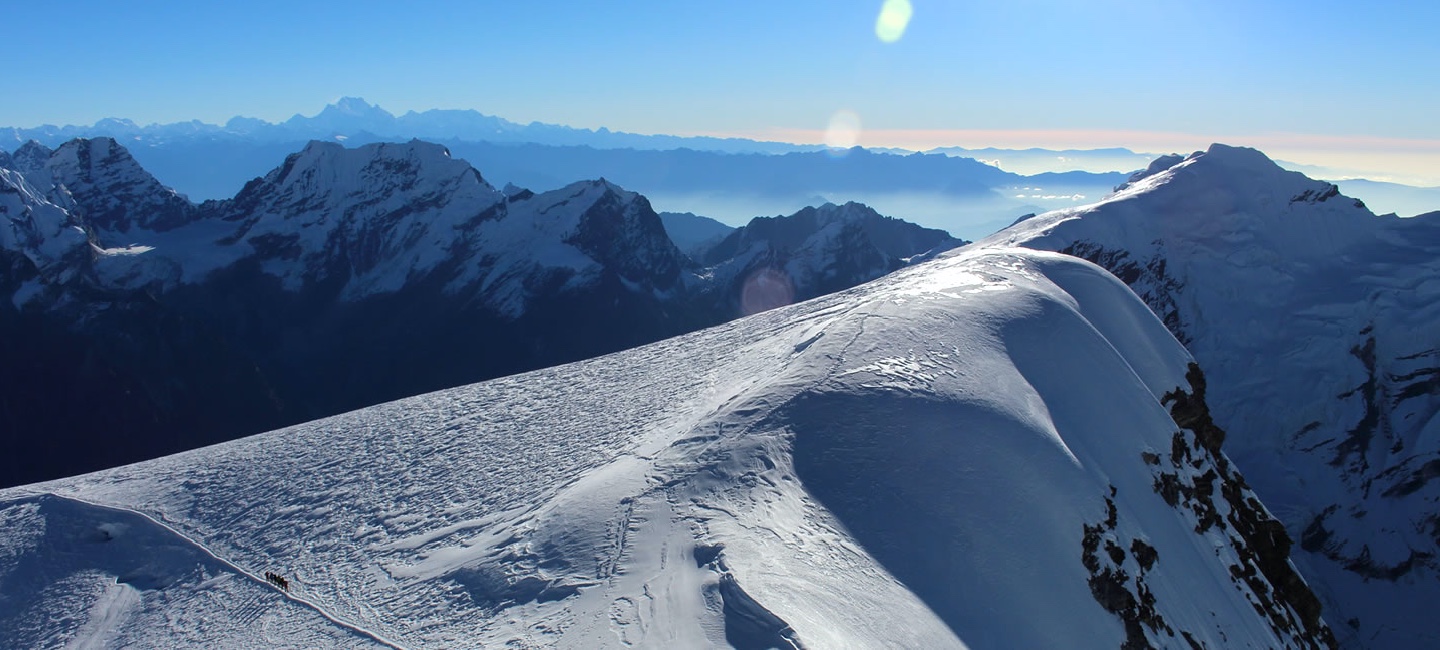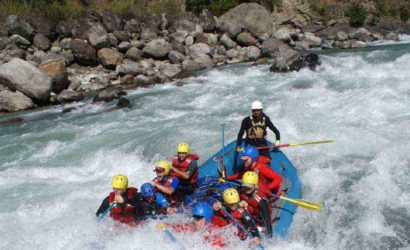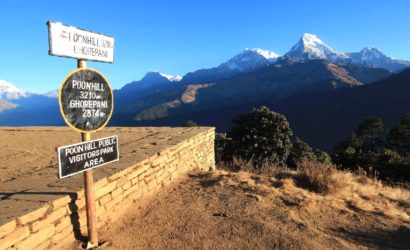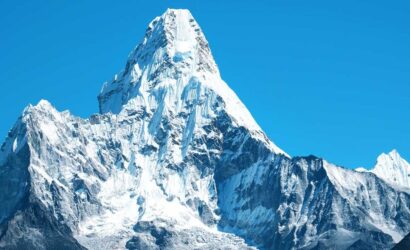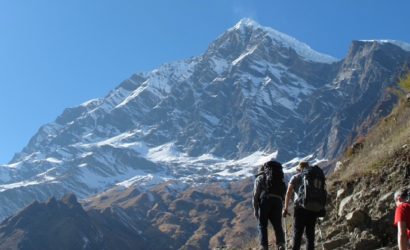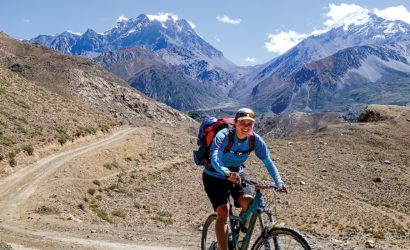Mera Peak stands 6654 meters high and is considered one of the major, most popular trekking peaks in Nepal. It lies in the Khumbu Himalayan Range. The Mera Peak Climbing trail winds amongst forests of pine and rhododendrons in this remote and uninhabited valley leading to the alpine Environment of Mera Base Camp.
The Peak itself rises to the south of Everest. The ascent of the peak is technically straightforward, however heavy snow and maze of crevasses can make our journey a longer way to summit.
Besides the charm of Mera Peak climbing, the trek to base camp from Lukla is rewarding to experience rare unspoiled regions of Nepal with densely forested hillsides.
We believe the effort is definitely worth it! The trek starts with a lovely route to the Arun Valley which takes you away from all the crowds on the Everest trek. You will see local villages farming the terraces in this area of the trek, as they have done for decades.
How Hard is it to Climb Mera Peak?
If you have already climbed Kilimanjaro or trekked to Everest base camp, Mera Peak climbing is a likely next challenge.
The Nepal Mountaineering Association identifies it as a trekking mountain. However their criteria for this is only that to reach the summit you need to be able to use crampons and ice axes.
This may give the impression that it’s not difficult for Mera Peak. It’s not true, it is the highest trekking peak in Nepal at 6476 m, and this brings with it all the difficulties of trekking at high altitude. These include the risk of extreme weather and altitude sickness, of course.
Besides the altitude, the Mera Peak is also a really hard slog. There’s no particular point that’s particularly challenging, but the top night climb of the glacier is just going on. Allow 5-6 hours to walk to the edge of the glacier!
But all that effort is worth it for the views out of this world.
Upon your arrival in the Kathmandu airport after completing your custom formalities Visa, etc. pick up your luggage and look for our airport representative from Himalaya Discovery Adventures, who will display your name on the board at the arrival gate.
You will be greeted by our representative and transferred to the hotel by private tourist vehicle. Overnight in Kathmandu.
Today is free for sightseeing in Kathmandu. You may wish to visit Durbar Square in the heart of the old city where the old Royal Palace, with its intricate woodcarving is located. The whole area is a maze of temples and images. Leading away from the square in all directions are narrow alleys, full of the most amazing variety of shops and stalls.
Some of these landmarks are considered World Heritage Sites including the historic Bhaktapur Durbar Square, the famous ‘Monkey Temple’ Swayambhunath and Buddhists shrine Buddhanath which is one of the largest Stupas in the world.
There will also be a full trip briefing today with gear check. In case you need to hire or buy equipment locally there will be time to do this today. Overnight in Kathmandu.
An early morning start takes us to Tribhuwan international Airport in Kathmandu for the 35 minute scenic flight to Tenzing and Hillary Airport at Lukla at 2804 meters.
On arrival at the airport our guide will brief you and introduce our porters before we begin our trek towards up to the Chutok La pass at 2945 meters and over night at Chutok at elevation of 2800 meters.
After the pass of Col Khari La the trail carries along mountainsides through the Kharikhola valley to set up camp in Pangkongma.
A magnificent route via mountain crests through rocky and wild landscapes. Passing through and enjoying the splendid panorama of wooded regions below us.
Today, we climb up to a pass at 4400 meters and descend towards Thuli Karkha, which mean “vast pasture”.
We descend on hillsides, by pleasant meadows and lower down through forests of blue Himalayan pines and rhododendrons. Beautiful views of the south side of Mera Peak.
We climb up the Hinku valley through summer pastures, near Lungsamba the valley narrows wedged between the Kusum Kangru 6369 meters and the west summit of Mera Peak 6255 meters.
Spending a day here in order to acclimatize and adjust to the thinning of the air.
Climb up along the lateral moraine of the Dig Glacier, providing interesting views of the Mera Peak.
Progressing along the snowy glacier, we approach the pass the slope becomes steep.
One of the best parts of the trek. Stunning panoramas of giant mountains rising above 7000 meters, among the highest on earth: Chamlang (7290 meters), Makalu (8475 meters) and Baruntse (7220 meters) to the east, Everest (8848 meters), Lhotse (8501 meters) and Nuptse to the north.
Continuing westward the peaks of Ama Dablam, Cho Oyo (8153 meters) and Kantega fill our view.
Start early in the morning depending on the weather condition.
Leaving the mountains behind us our descent takes us through Tangnag before continuing back to Khothey 3600 meters.
Our trek descends back the same way.
Finally we return to Lukla where the trek began, which will seem like a lifetime ago. Enjoying time to reflect on the trek as a group and the personal achievement of all those who took part. Also giving you time to discover the town. Overnight at tented camp.
Enjoying your last glimpse of the mountains you have recently visited for one last time on the 35 minute Scenic flight back to Kathmandu. On arrival in Kathmandu we are met and transferred back to our hotel. Overnight at hotel in Kathmandu.
It’s also spare day in case of bad weather in Lukla. If you get interested to take some gifts from Nepal for friends and relatives, visit to some nearby shops or go out in Thamel for typical Nepalese goods.
In the evening we will have a farewell dinner in a traditional Nepalese restaurant with cultural performances. Overnight in Kathmandu.
The trip concludes! We will drop you to the airport for your flight departure from Nepal.

